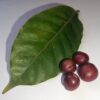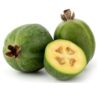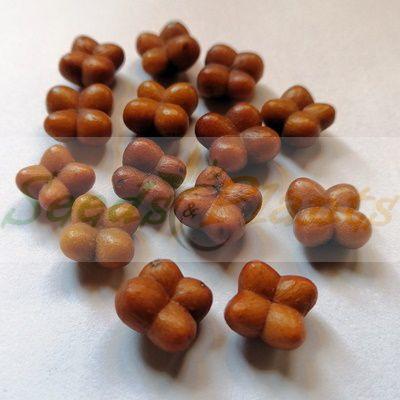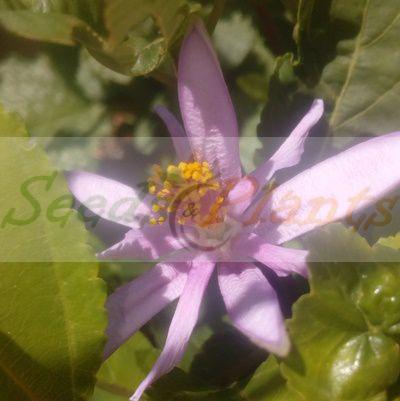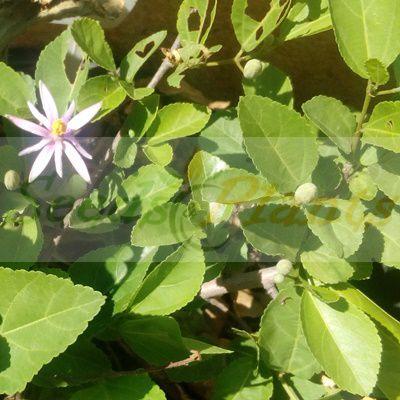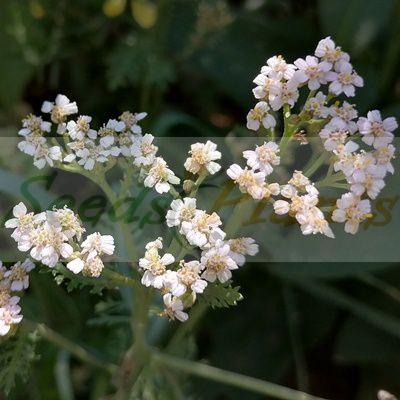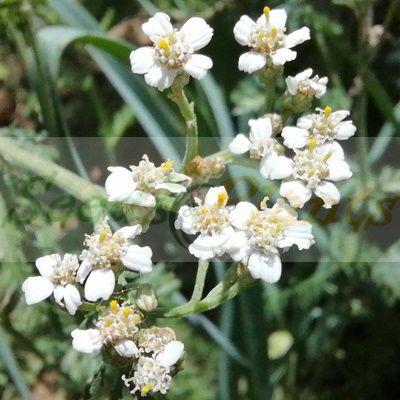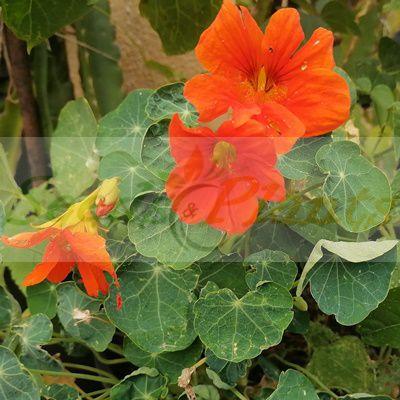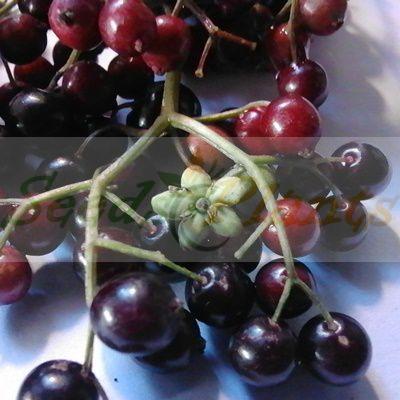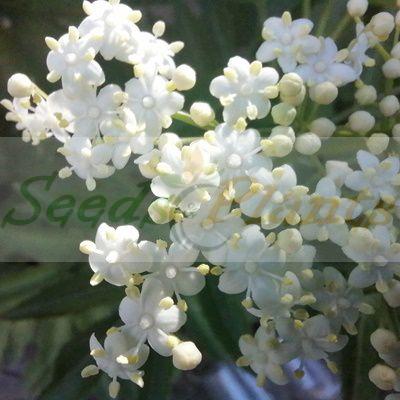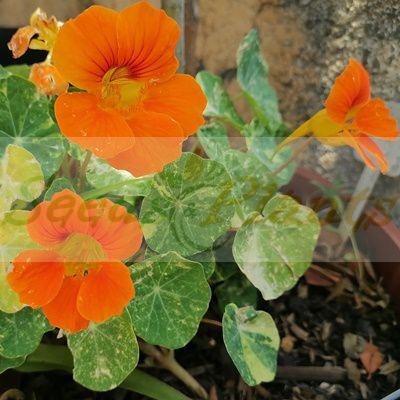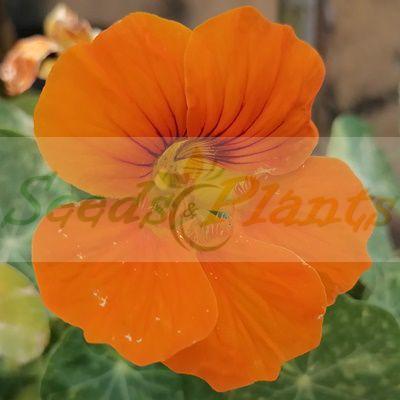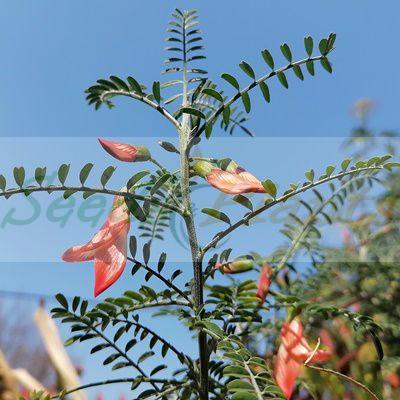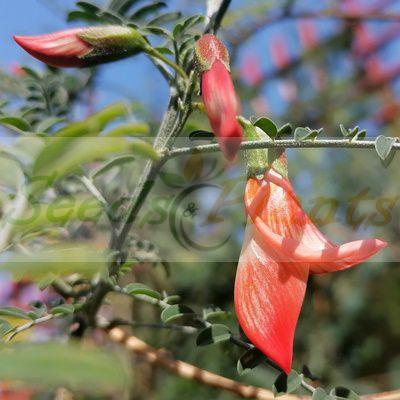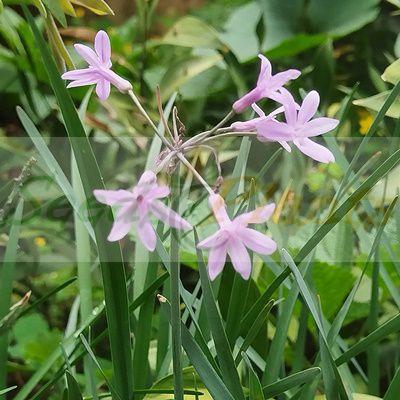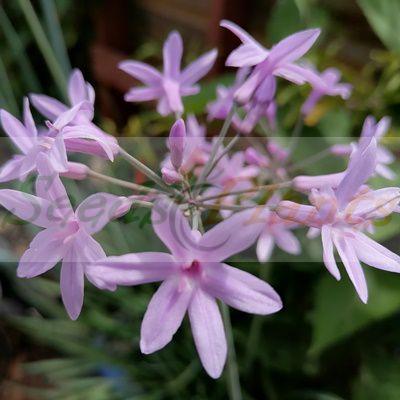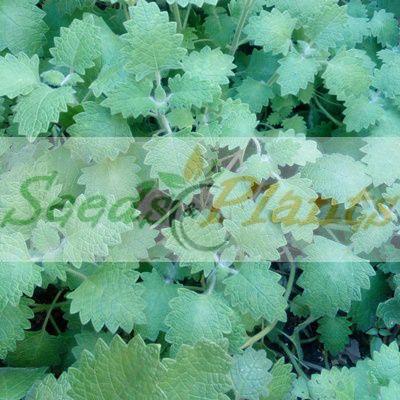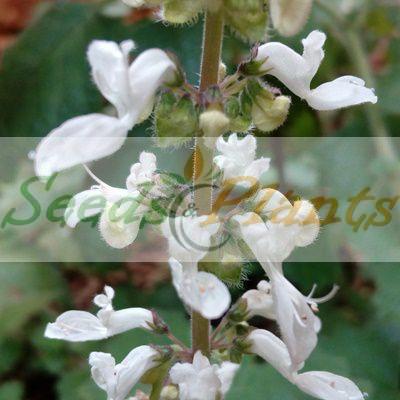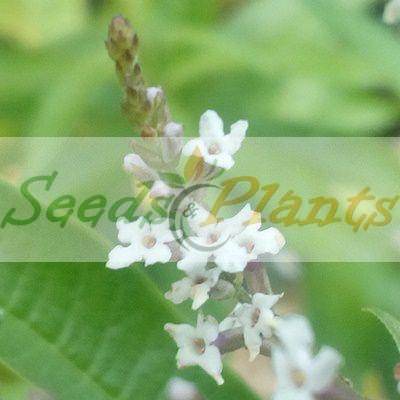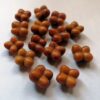🌿 Herbal Quick Facts
Medicinal Info
- 🌍 Origin / Region: Southern Africa
- 🌿 Medicinal Part: Bark, Fruit, Leaf, Root
- 🍵 Herbal Preparation: Decoction, Infusion / Tea, Paste, Powder
- ⚕️ Healing System: African Traditional Medicine
Growth Traits
- 🌾 Plant Type: Tree
- 🪴 Growth Habit: Scrambling
- 🌿 Foliage Type: Deciduous
- 🌸 Flower Color: Deep Pink
Growing Requirements
- 🌞 Sun Exposure: Full Sun, Partial Shade, Shade
- 💧 Water Needs: Low Water
- ☀️ Growing Conditions: Cold Tolerant, Drought Tolerant, Frost Tolerant, Heat Tolerant
- 🟤 Soil Preference: Clay Soil, Loamy Soil, Sandy Soil, Tolerant of most soils, Well-Drained
Crossberry – 5 Seeds
(Grewia occidentalis)
R30.00
A thin layer of flesh surrounds the seeds of the berry. The flesh has an apricot flavor.
Common names: cross-berry, four-corners (E), kruisbessie (A), Mokukutu (Setsw.), Mogwane (N.Sotho), iLalanyathi (Zulu), umSipane (Siswati), umNqabaza (Xhosa), Mulembu (Venda), Nsihana (Tsonga).
Indoor Sowing: Spring and Summer.
Direct Sowing: Summer.
In stock
🌿 Herbal Quick Facts
Medicinal Info
- 🌍 Origin / Region: Southern Africa
- 🌿 Medicinal Part: Bark, Fruit, Leaf, Root
- 🍵 Herbal Preparation: Decoction, Infusion / Tea, Paste, Powder
- ⚕️ Healing System: African Traditional Medicine
Growth Traits
- 🌾 Plant Type: Tree
- 🪴 Growth Habit: Scrambling
- 🌿 Foliage Type: Deciduous
- 🌸 Flower Color: Deep Pink
Growing Requirements
- 🌞 Sun Exposure: Full Sun, Partial Shade, Shade
- 💧 Water Needs: Low Water
- ☀️ Growing Conditions: Cold Tolerant, Drought Tolerant, Frost Tolerant, Heat Tolerant
- 🟤 Soil Preference: Clay Soil, Loamy Soil, Sandy Soil, Tolerant of most soils, Well-Drained
Crossberry (Grewia occidentalis) occurs naturally from Cape Town along the coast to Mozambique and inland to Zimbabwe.
Common names: cross-berry, four-corners (E), kruisbessie (A), Mokukutu (Setsw.), Mogwane (N.Sotho), iLalanyathi (Zulu), umSipane (Siswati), umNqabaza (Xhosa), Mulembu (Venda), Nsihana (Tsonga)
It is a small, scrambling, deciduous tree reaching a height of up to 3 m. The simple leaves are shiny, deep green and sometimes slightly hairy. The star-shaped flowers appear in summer, followed by distinctive four-lobed berries. The shiny reddish-brown fruits remain on the tree for long periods and are favored by fruit-eating birds and humans alike. A thin layer of flesh surrounds the seeds of the berry and it tastes like apricot.
It can be grown in both full sun or in the shade. It is tolerant of both light frost and drought. The root system is not aggressive and the plant attracts butterflies and birds to the garden.
Crossberry Medicinal Benefits
The cross-berry is an important species in traditional medicine and is used for a variety of purposes.
- Bruised bark soaked in hot water is used to treat wounds.
- Pounded bark, used regularly as a shampoo, was believed to prevent hair from turning grey.
- Parts of the plant were used to treat impotence and sterility, and root extracts were used to help in childbirth.
Crossberry Culinary Uses
- The fruit has an apricot flavor and the berries are eaten locally, either fresh and raw, fermented with traditional beer, or used with goats milk to make berry yoghurt.
- In certain areas where the sugar content of the fruits is high, they are collected and dried for later use.
- The dried fruits are sometimes boiled in milk
- Beer is also brewed from the ripe fruit in certain areas.
Growing Crossberry
Indoor Sowing: Spring and Summer.
Direct Sowing: Summer.
- Plant seeds in a mixture of river sand and compost.
- Keep the soil moist.
- Ideal temperature for germination is between 20 and 25 degrees C.
- Germination in 4 to 6 weeks, but can take longer.
- Transplant seedlings into individual pots once they are about 10cm in height.
- Can also be grown in containers.
Disclaimer
Medicinal Information:
All medicinal information on this website is for educational and informational purposes only and may not be construed as medical advice. The information is not intended to replace medical advice or treatment offered by healthcare professionals.
Seeds, Plants, Plant Cuttings, Geophytes and Dried Herbs:
In some countries and provinces, certain plants are deemed as invasive and are not allowed to be planted at all, whilst some plants are allowed to be grown only in certain areas or provinces. The onus is on you as the buyer to familiarize yourself with the regulations pertaining to your location, before purchasing any of our seeds, plants, plant cuttings, geophytes or dried herbs. We will not be held liable, should you purchase any seeds, plants, plant cuttings, geophytes or dried herbs. from us which are prohibited in your country or province.

